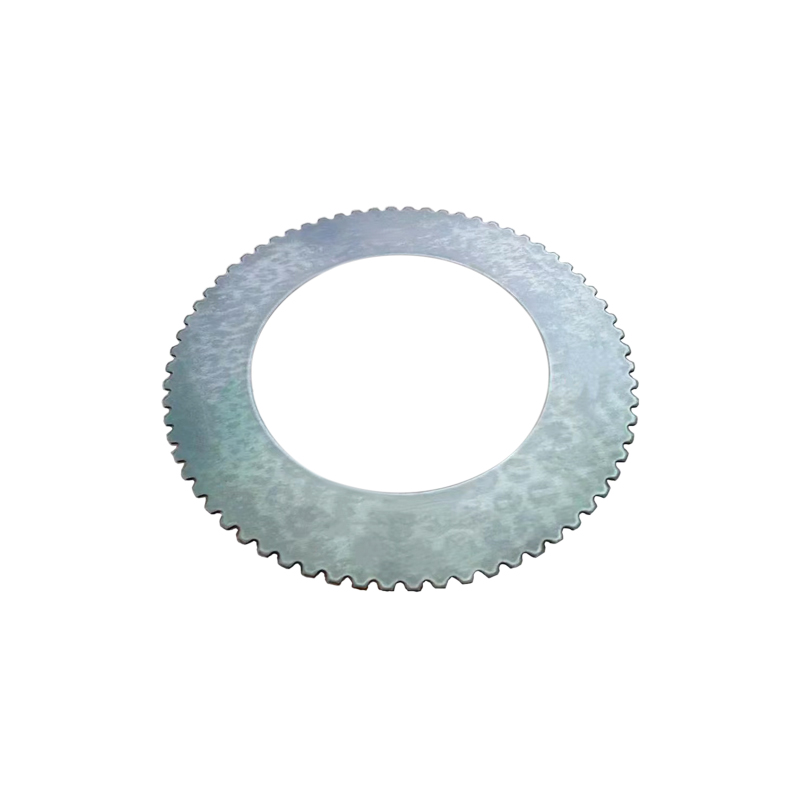Home / News / Industry News / How does the temperature affect the mechanical properties of carbon steel sheet metal, and what is its suitability for high-temperature applications?
The mechanical behavior of carbon steel sheet metal undergoes substantial alterations when subjected to elevated temperatures. These changes are primarily attributed to the intensified atomic vibration within the metal's crystalline lattice structure.
Microstructural Changes and Mechanical Properties: The relationship between temperature and the mechanical properties of carbon steel sheet metal is intricately tied to microstructural evolution. As temperature increases: The original deformed grain structure is replaced by a new, equiaxed grain structure. This process enhances ductility but generally reduces strength. Grain size increases, leading to further reductions in strength but potential improvements in toughness. The transformation of ferrite to austenite, and subsequent phase changes upon cooling, significantly influence properties. For instance, the formation of pearlite or bainite can affect strength, hardness, and ductility.
Creep and Stress Rupture: Creep, the time-dependent deformation under constant load, is a critical consideration for carbon steel components operating at elevated temperatures. The creep rate is influenced by factors such as stress, temperature, and microstructure. Stress rupture, the ultimate failure due to creep, is a limiting factor for component life.
Oxidation and Corrosion: High temperatures accelerate oxidation and corrosion processes in carbon steel. The formation of oxide scales can reduce the effective cross-sectional area of components, leading to stress concentration and premature failure. The rate of oxidation is influenced by temperature, oxygen partial pressure, and the presence of other reactive elements in the environment.
Fatigue Behavior: Elevated temperatures can degrade the fatigue properties of carbon steel. The cyclic stress-strain response is affected by factors such as mean stress, temperature, and environmental conditions. The formation of creep-fatigue interactions can further accelerate fatigue damage.
The applicability of carbon steel sheet metal in high-temperature environments is contingent upon a multifaceted evaluation of factors such as: Temperature Range: For applications involving moderate temperature levels, carbon steel may be a viable option, provided that the associated reductions in strength and potential creep are carefully considered. Alloying Elements: The incorporation of alloying elements like chromium and molybdenum can significantly augment the high-temperature performance of carbon steel. These elements contribute to improved creep resistance and oxidation resistance. Application-Specific Requirements: A comprehensive assessment of the specific demands of the application, including load, temperature, and environmental conditions, is essential in determining the suitability of carbon steel.
Wheel Loader Gearbox Forward Active Friction Disc Clutch Plate



 English
English 中文简体
中文简体 Español
Español ++86 13567131698
++86 13567131698










